New to Oklahoma Gardening & Introduction.
wbonesteel
12 years ago
Related Stories

REMODELING GUIDESYour Floor: An Introduction to Solid-Plank Wood Floors
Get the Pros and Cons of Oak, Ash, Pine, Maple and Solid Bamboo
Full Story
GARDENING GUIDESGreat Design Plant: Milkweed
Quit cringing. This not-weed plant is a sight to behold in the garden, has a delicious vanilla scent and is a magnet for butterflies
Full Story
NATIVE PLANTSPlant These Fall-Flowering Natives in Early Summer for Pollinator Love
These 3 groups of plants will support masses of beneficial insects come autumn
Full Story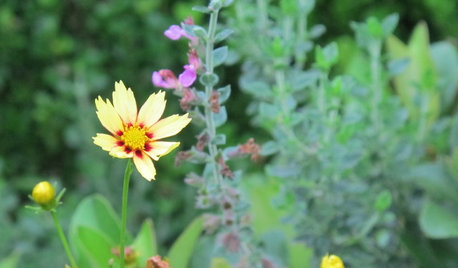
GARDENING GUIDESGreat Design Plant: Coreopsis 'Redshift'
Breaking with its pure-yellow past, 'Redshift' tickseed will change up a bland garden with its hot new color combo
Full Story
GARDENING GUIDESDo You Have This Invasive Plant in Your Yard?
Garlic mustard is spreading across the U.S. Here’s how to spot it and what to do
Full Story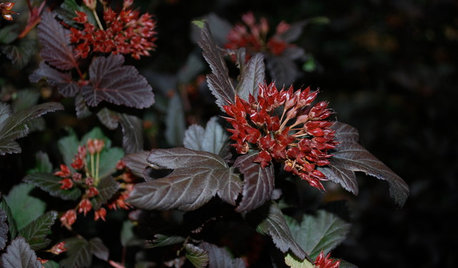
LANDSCAPE DESIGNGreat Design Plant: Sun-Loving Ninebark Puts on a Color Show
This tall, dark and handsome native shrub is equally at home in jeans and boots or in a suit and tie
Full Story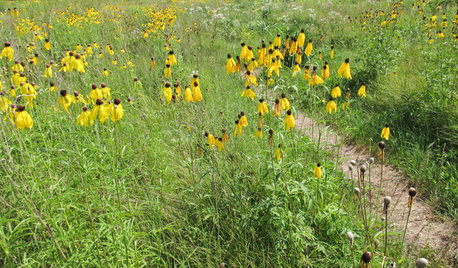
GARDENING GUIDESGreat Design Plant: Ratibida Pinnata Flutters in the Breeze
This bright coneflower brings splashes of yellow to eastern U.S. prairie gardens and perennial borders
Full Story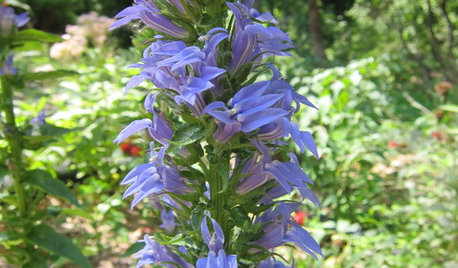
GARDENING GUIDESGreat Design Plant: Lobelia Siphilitica Keeps Its Cool
Great blue lobelia, a flowering native that prefers moist soil, adds a calming blue hue to the late-summer garden
Full Story
FLOWERS AND PLANTSHelp Monarchs and Other Butterflies by Planting Common Milkweed
Summer-blooming Asclepias syriaca is an important larval host plant for the monarch butterfly and attracts a number of pollinating insects
Full Story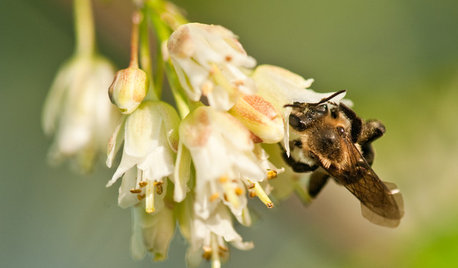
GARDENING GUIDESGreat Design Plant: Staphylea Trifolia Shines in the Shade
Plant American bladdernut for 3 seasons of interest: spring flowers and striped brown branches and bladder-like seedpods in fall and winter
Full Story






slowpoke_gardener
Okiedawn OK Zone 7
Related Professionals
Salem Landscape Contractors · Braintree Landscape Contractors · Concord Landscape Contractors · Maywood Landscape Contractors · Rockville Landscape Contractors · St. Louis Landscape Contractors · Waltham Landscape Contractors · Chicago Ridge Landscape Contractors · Sun Valley Landscape Contractors · Ashland Decks, Patios & Outdoor Enclosures · Bethany Decks, Patios & Outdoor Enclosures · Hampton Bays Decks, Patios & Outdoor Enclosures · Saint Louis Park Decks, Patios & Outdoor Enclosures · Salisbury Decks, Patios & Outdoor Enclosures · Universal City Decks, Patios & Outdoor EnclosureswbonesteelOriginal Author
miraje
wbonesteelOriginal Author
soonergrandmom
PunkinHeadJones
wbonesteelOriginal Author
wbonesteelOriginal Author
seedmama
wbonesteelOriginal Author
Okiedawn OK Zone 7
cjlambert
wbonesteelOriginal Author
oklavenderlady
redding
wbonesteelOriginal Author
wbonesteelOriginal Author
soonergrandmom
Macmex
PunkinHeadJones
oklavenderlady
redding
wbonesteelOriginal Author